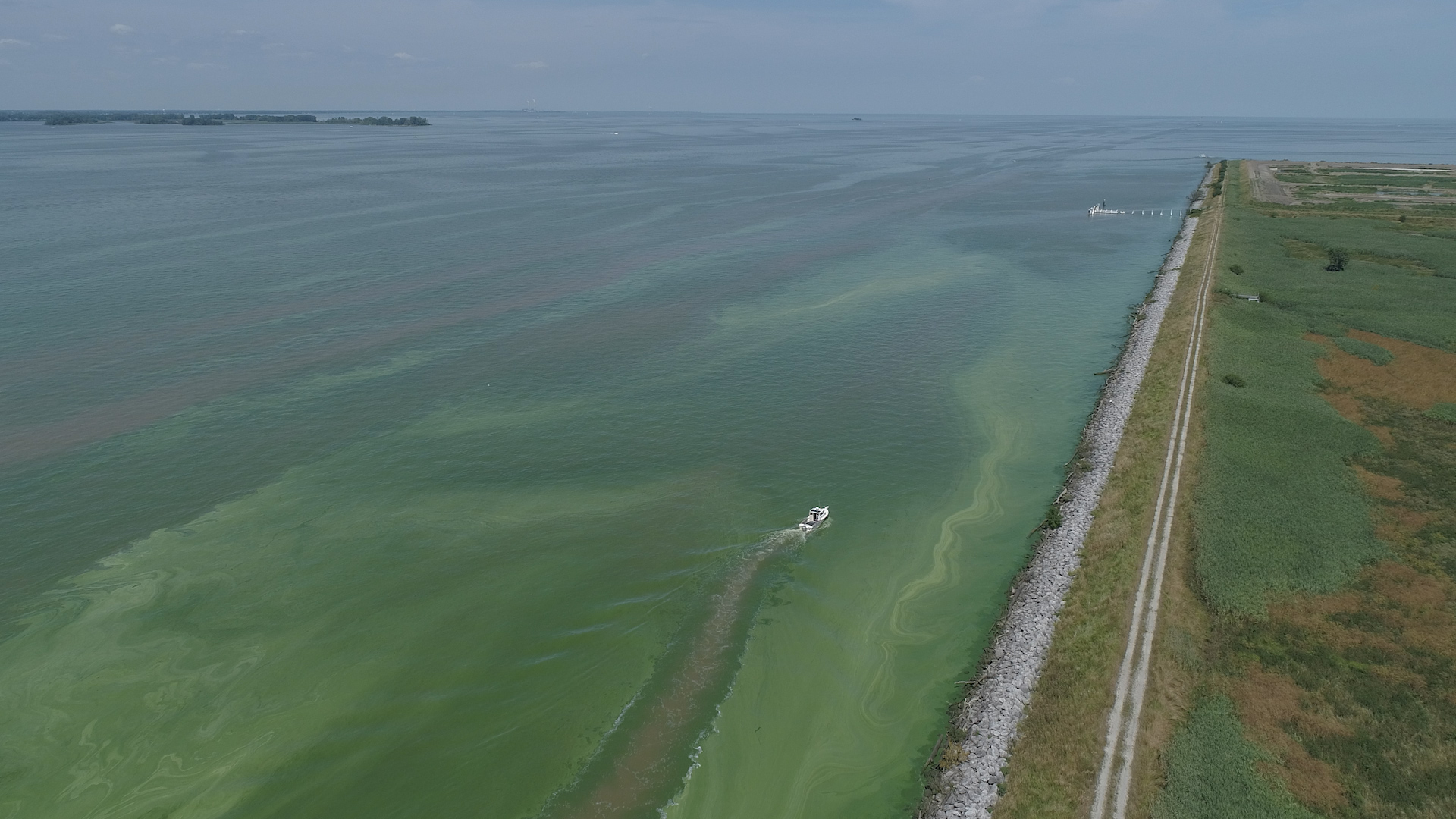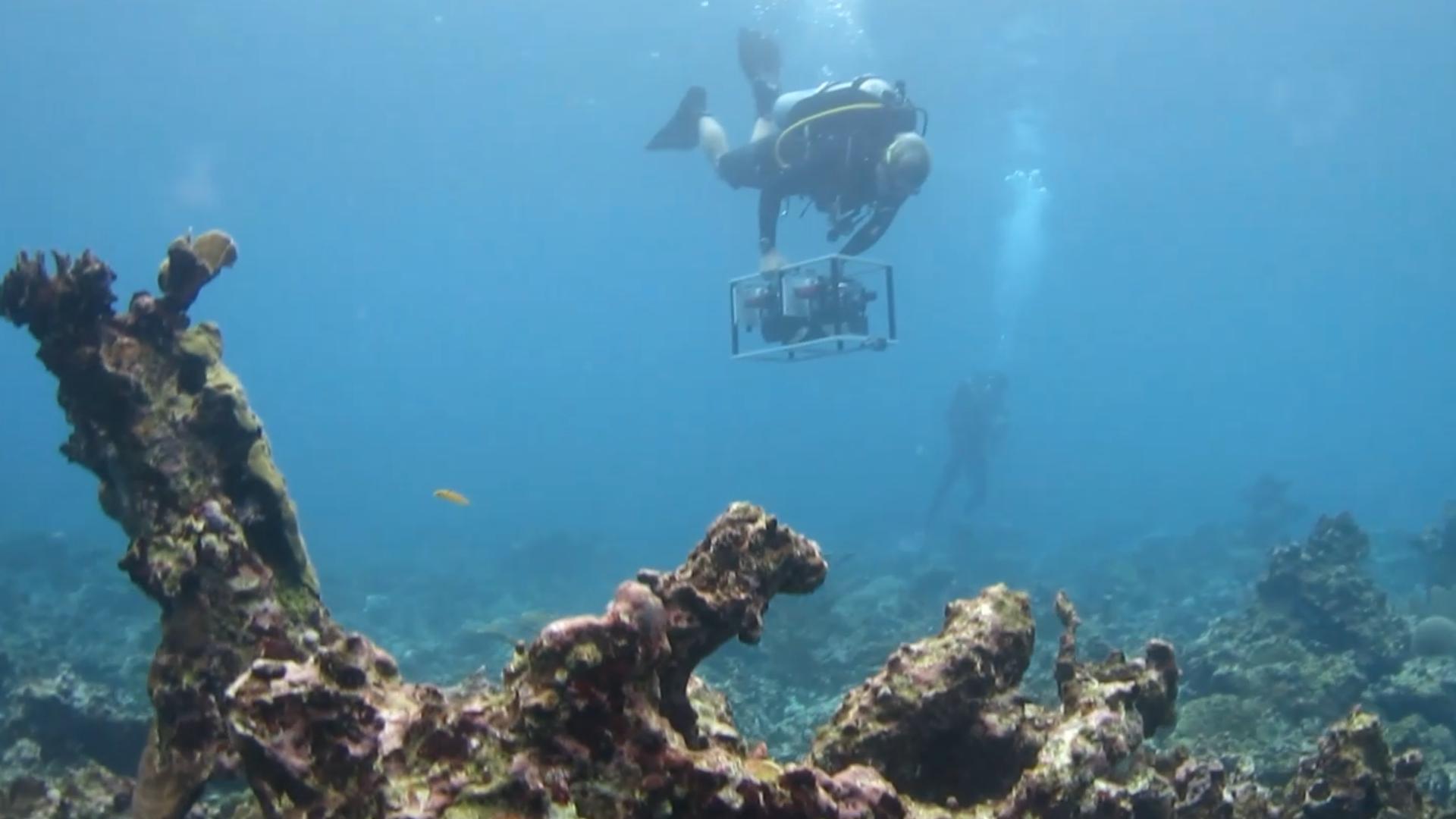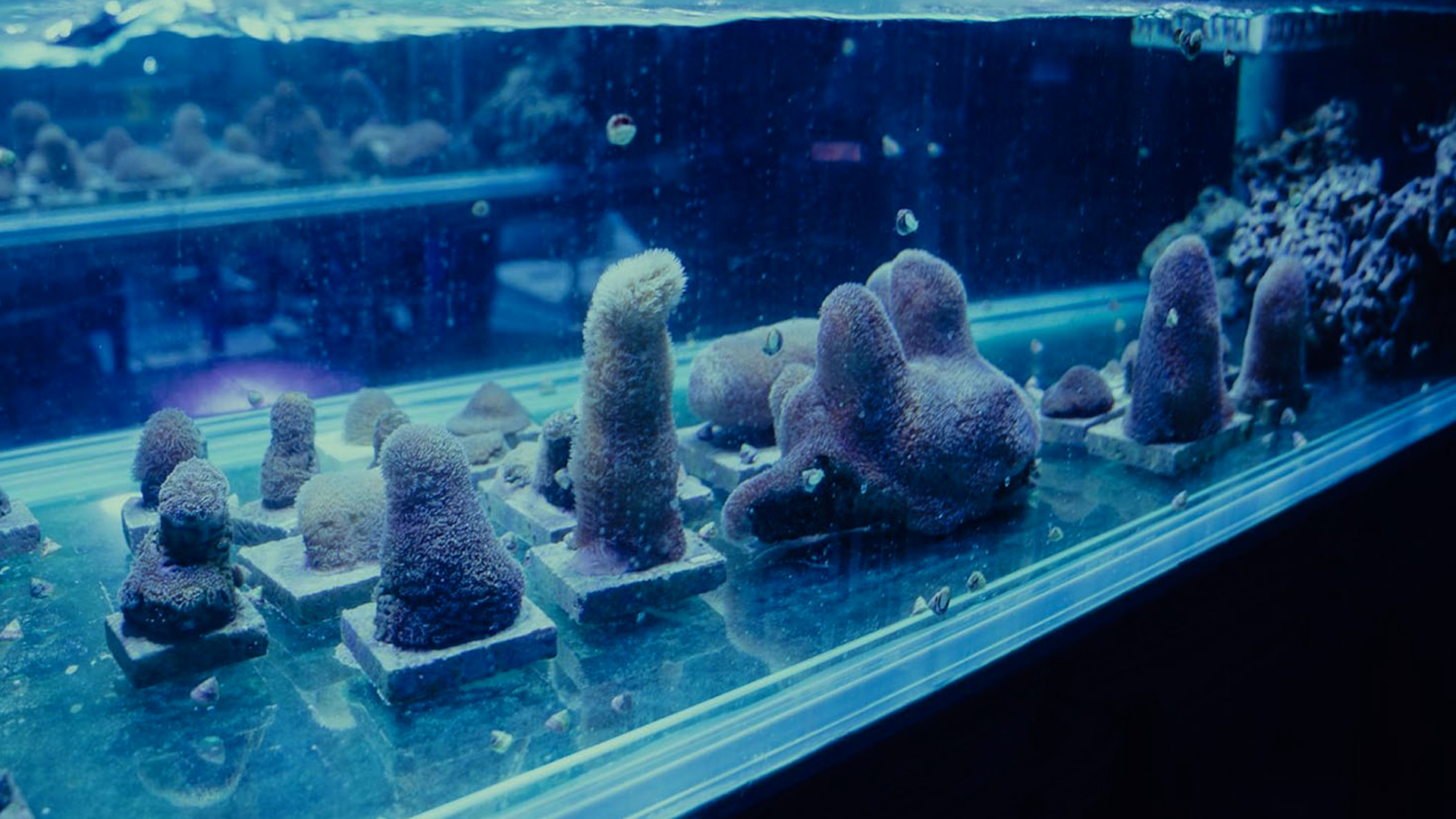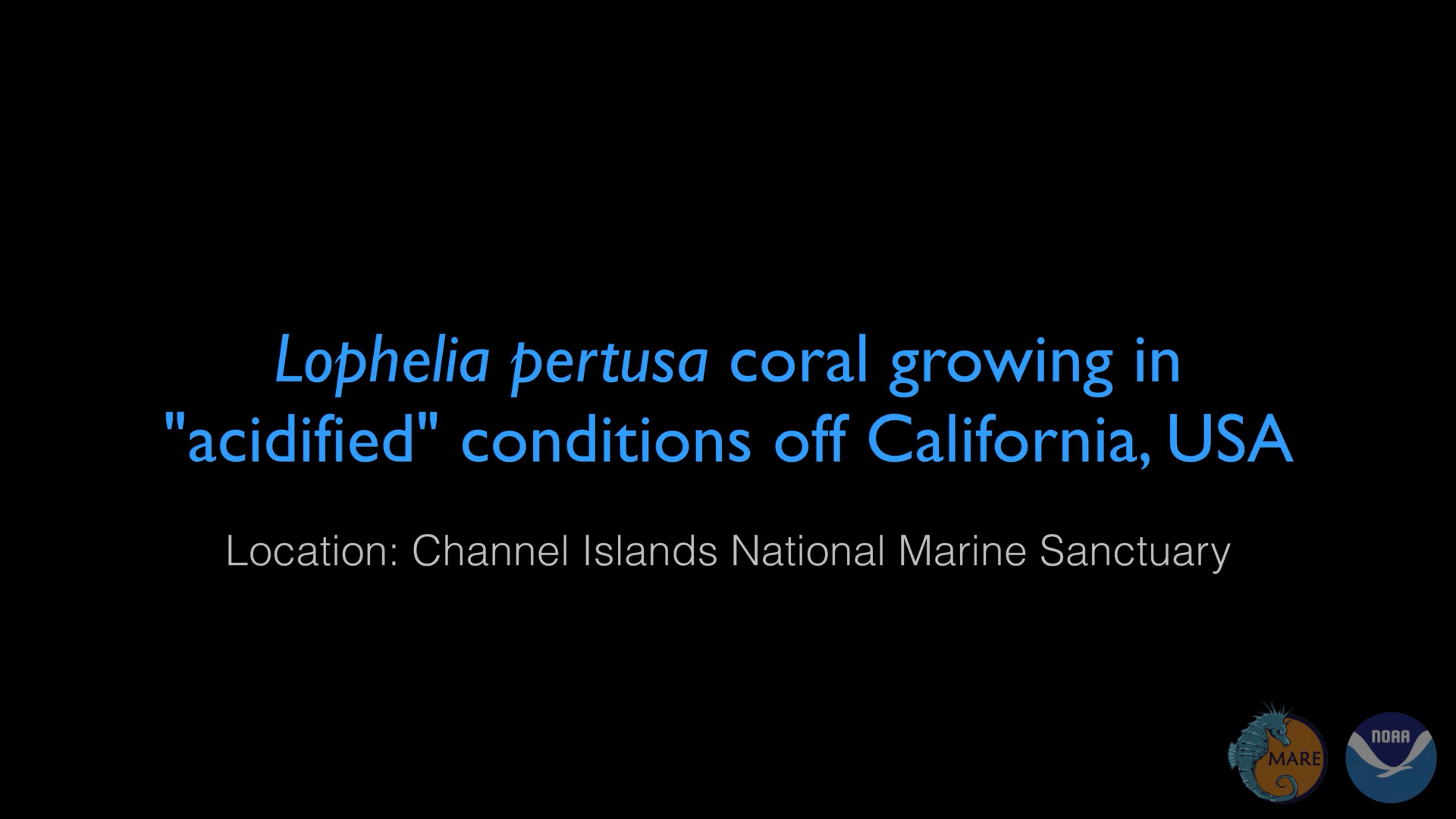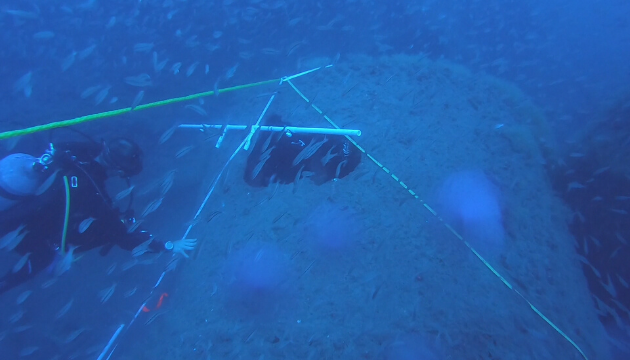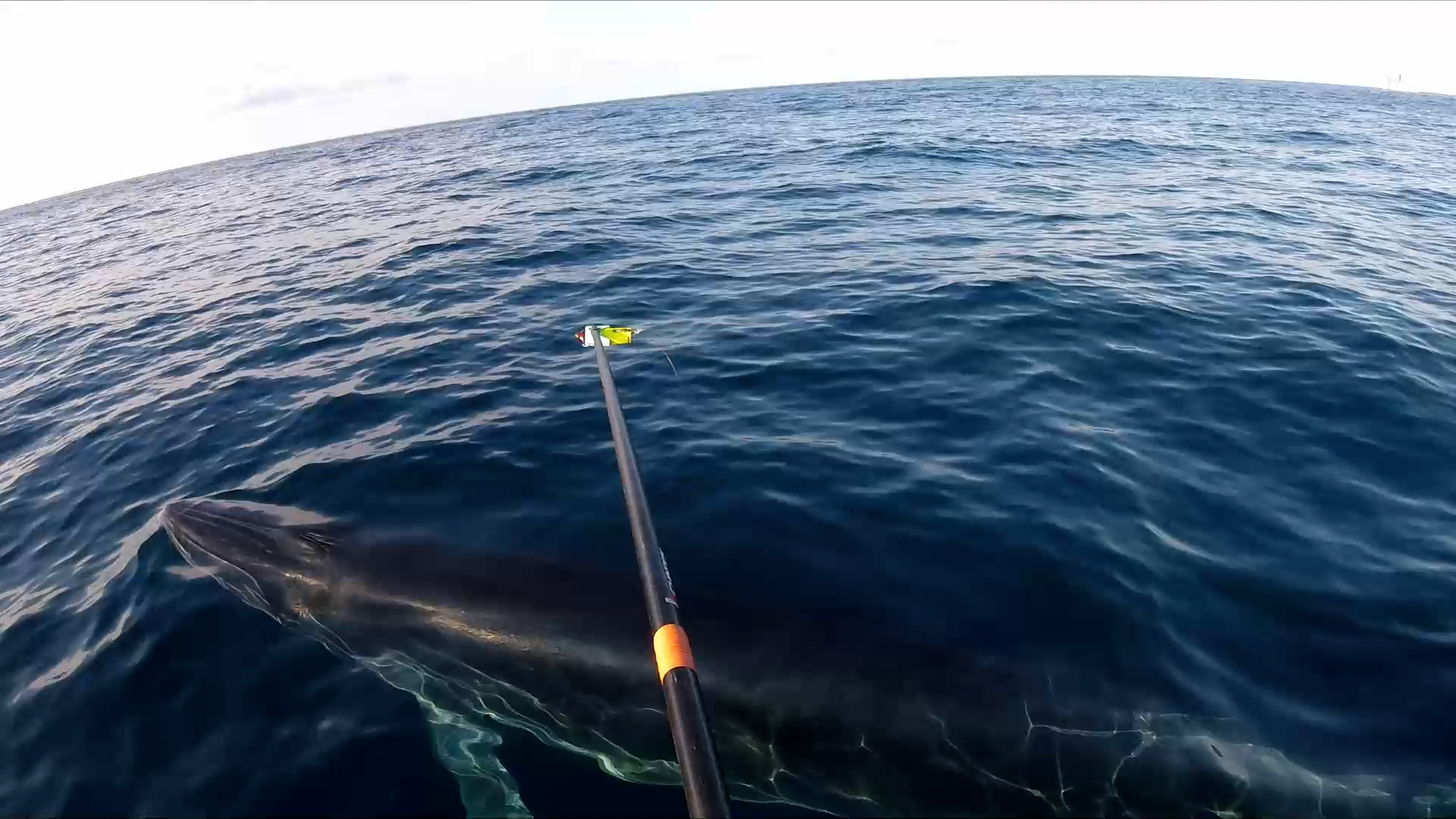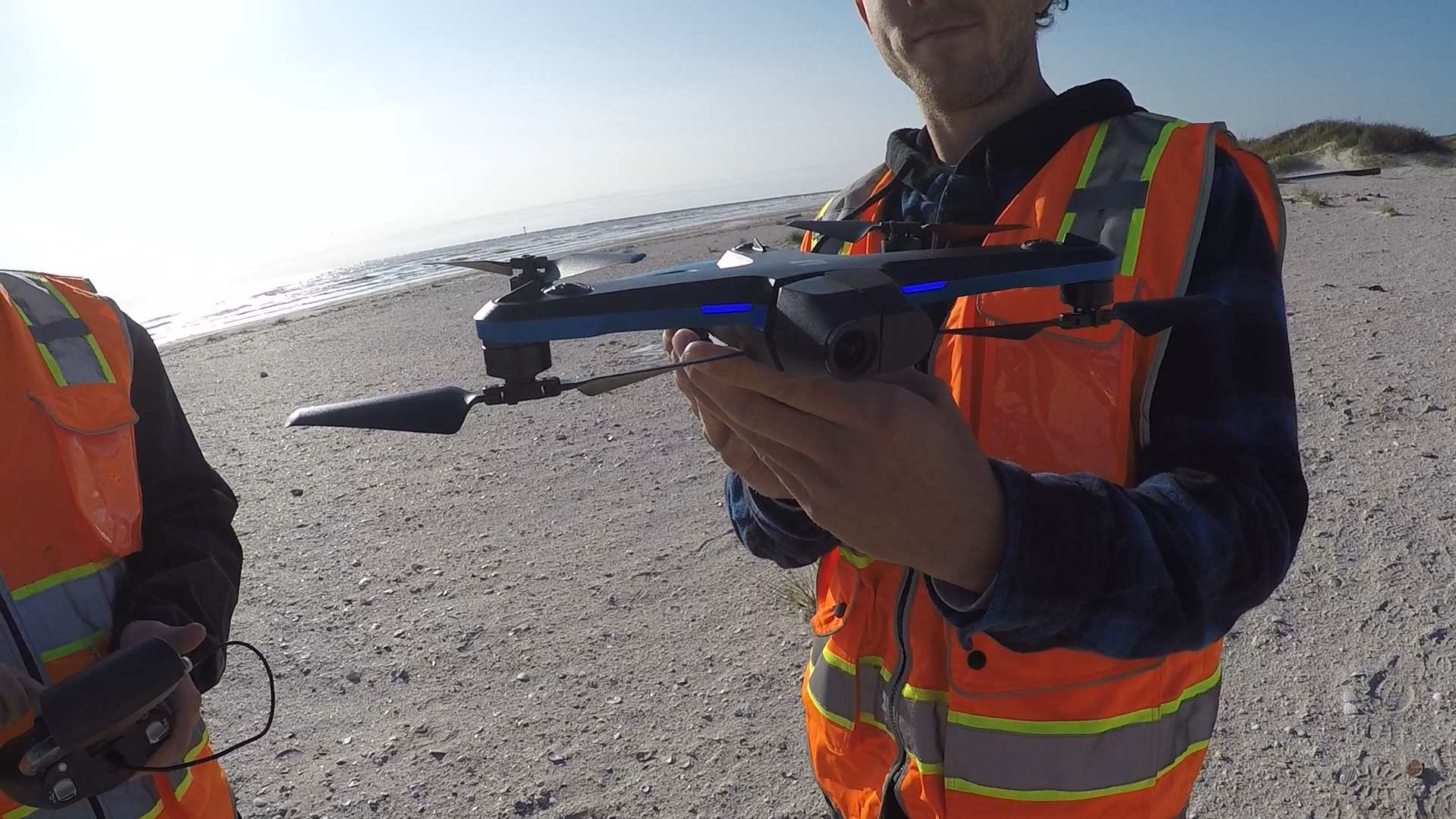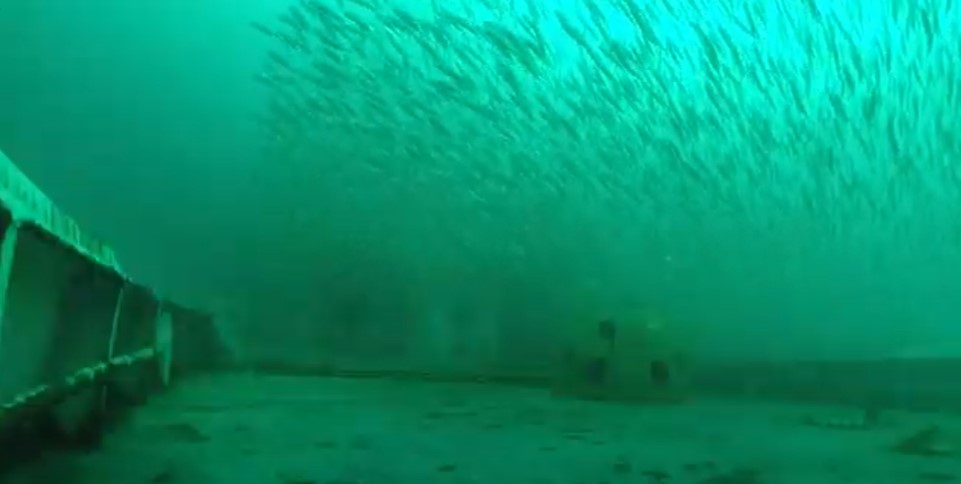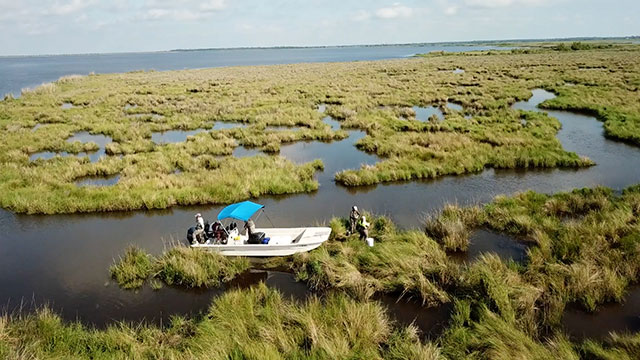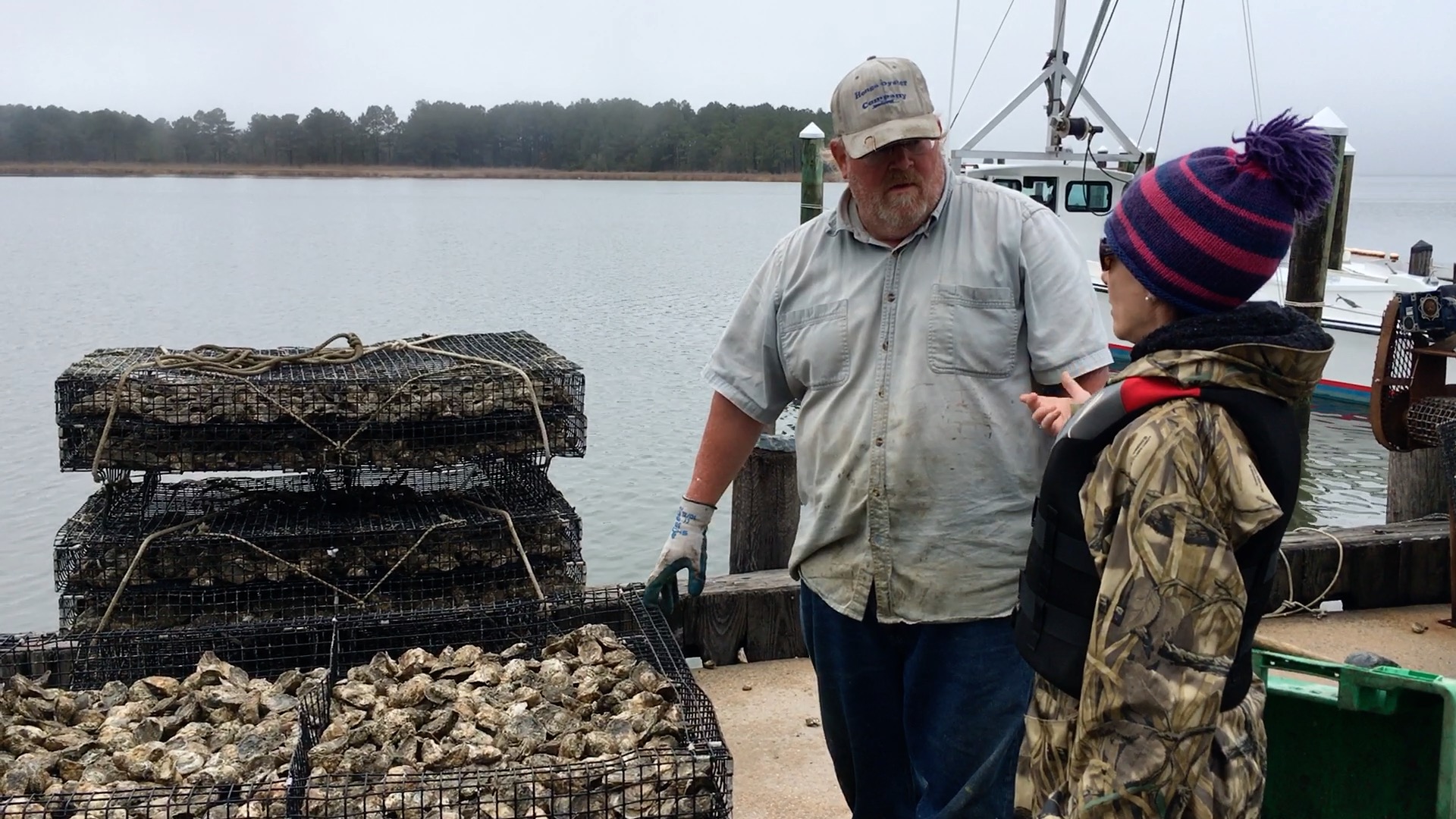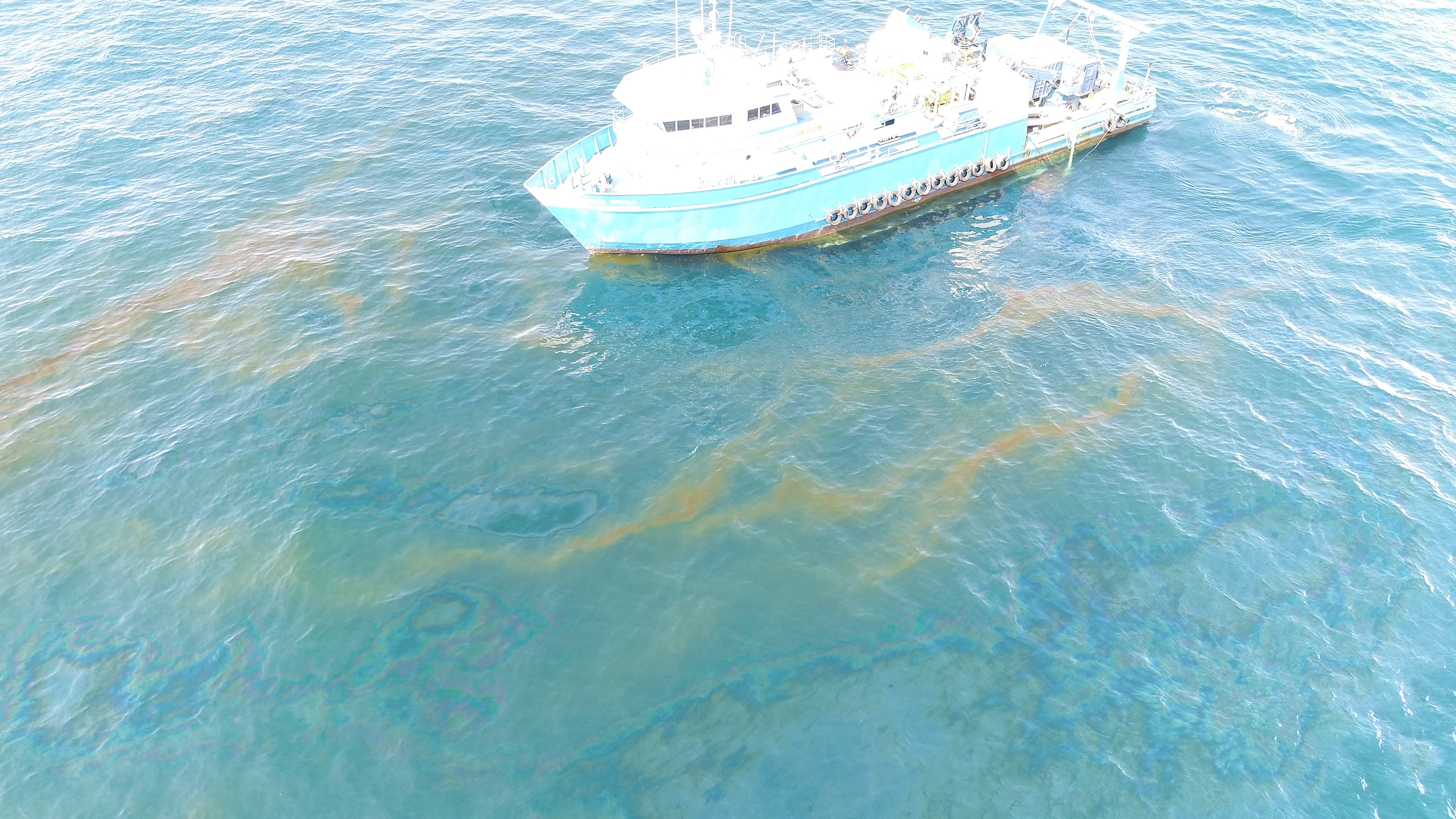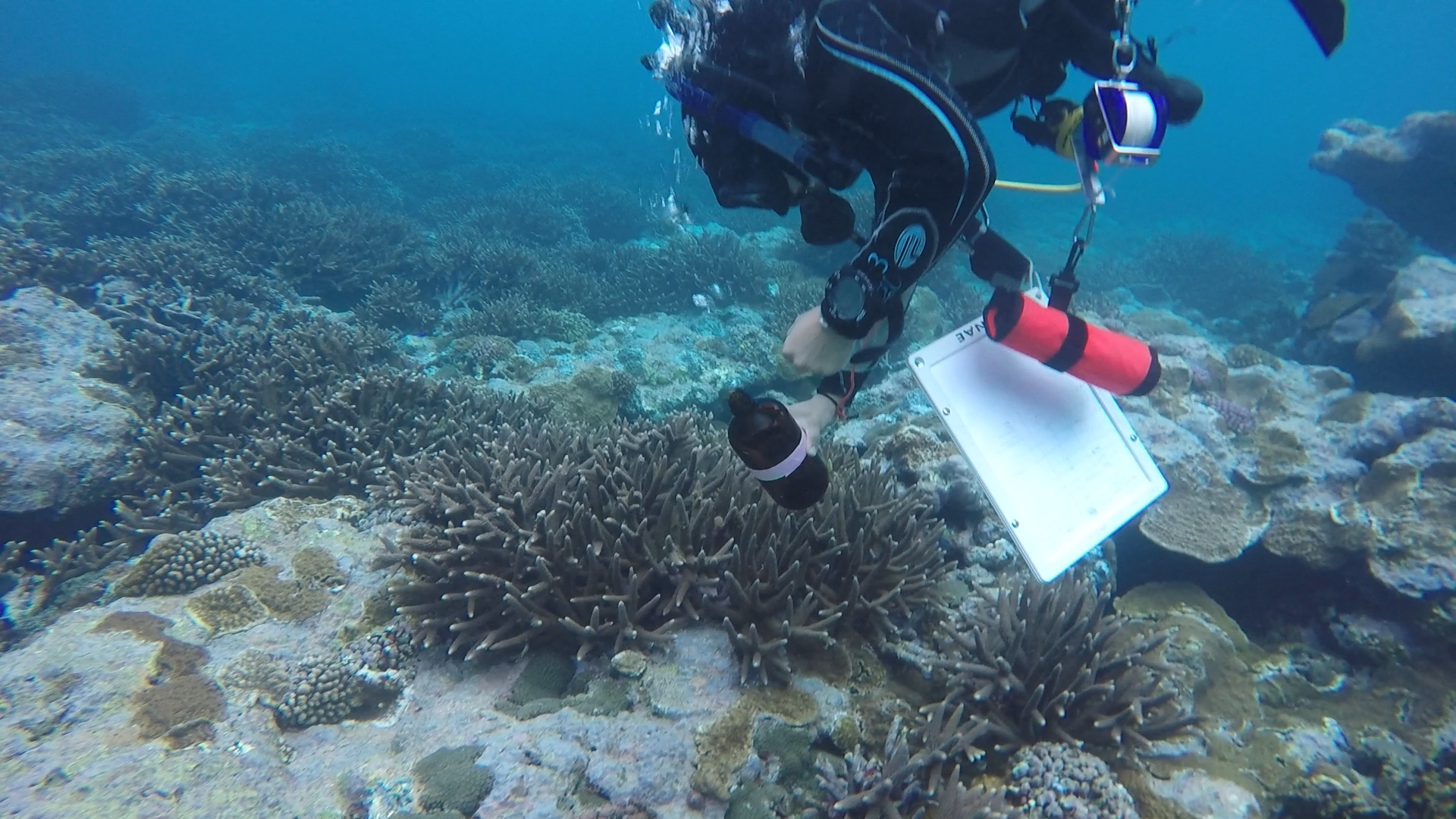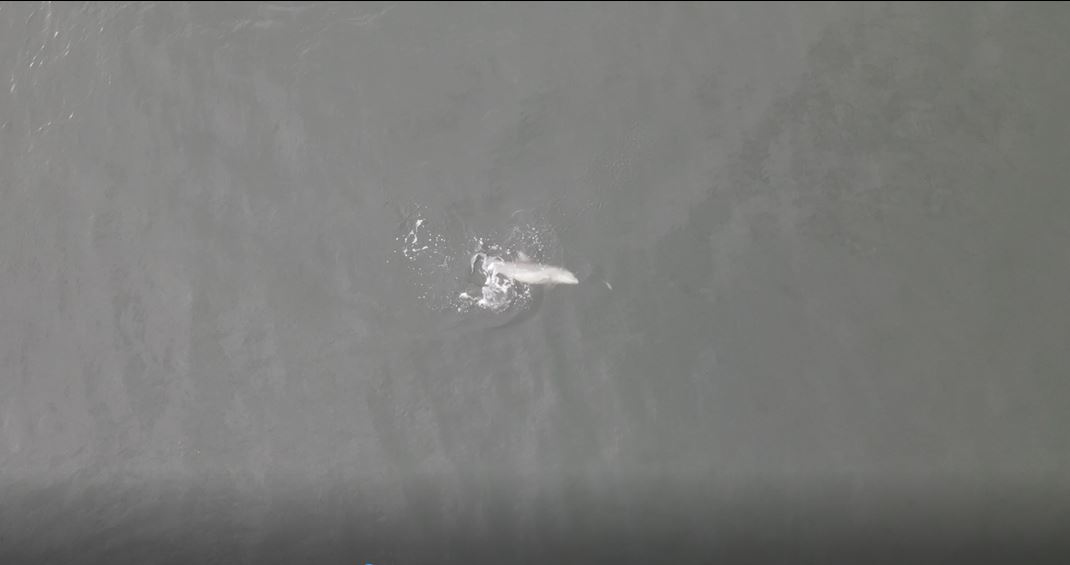Harmful Algal Blooms

NCCOS and its partners produce a yearly red tide forecast for the Gulf of Maine that helps state shellfish managers gauge the severity of the season’s harmful algal blooms before they occur. Learn more
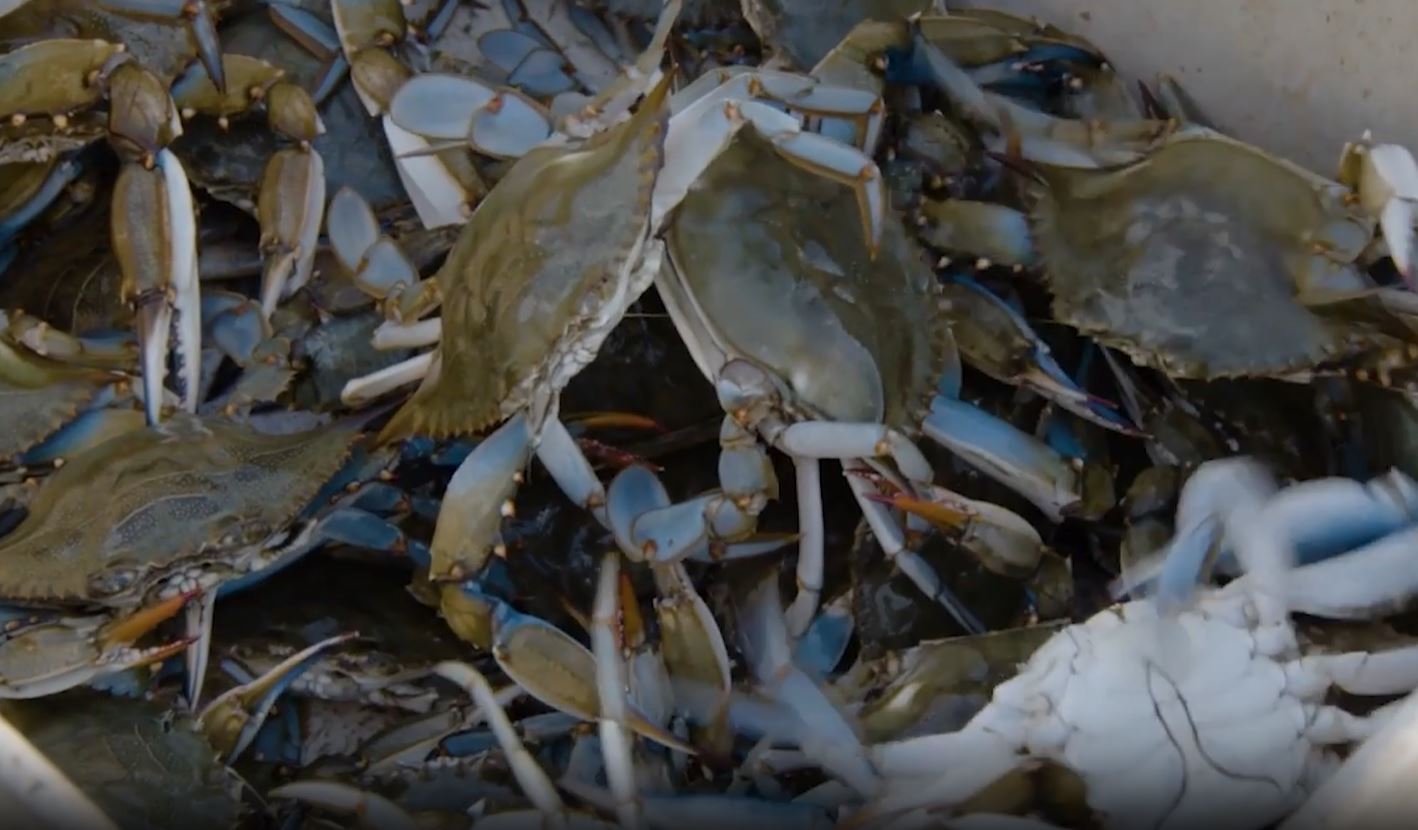
NCCOS-funded scientists have found that clay treatments may offer a way to control Florida’s red tide without harming one of the state’s most commercially valuable species — blue crabs. Learn more
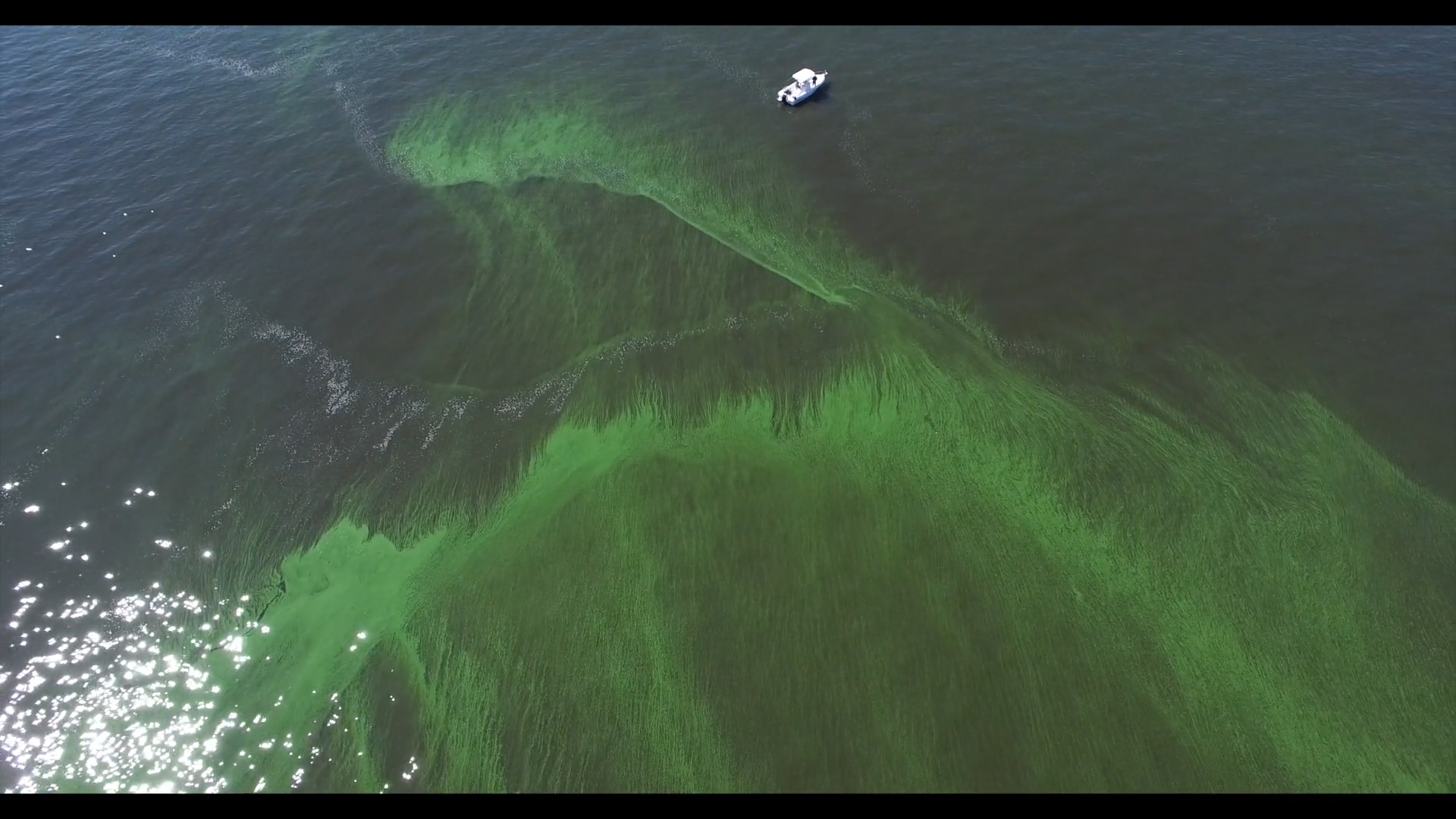
NCCOS projects identify and evaluate a range of methods to prevent, control or mitigate blooms of harmful algae in ways that are safe for the environment. Learn more
Cyanobacteria in Lake Erie can sometimes grow out of control and produce toxins called microcystins. HABs can have severe impacts on public health, lake resources, and local economies. Learn more
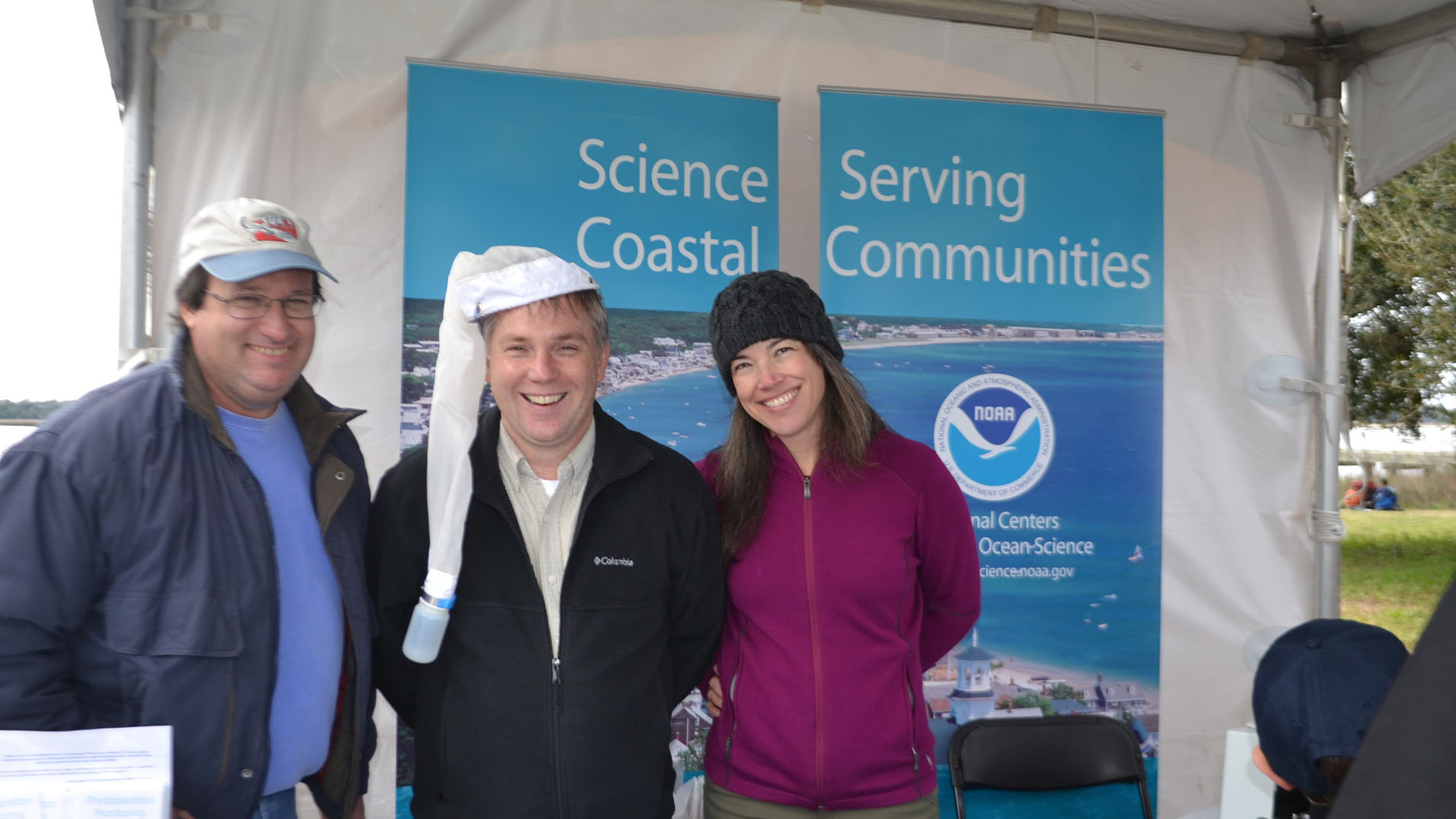
Phytoplankton Monitoring Network: 20 Years of Citizen Science and Still Growing. Learn more
Corals
NCCOS and partners are using large-area imaging to monitor shallow water coral reefs and restoration. Learn more

Footage from an 18 day mission to survey deep sea corals in the Gulf of Mexico. Learn more
NCCOS and partners developed a topical antibiotic-infused paste that can be applied directly to SCTLD lesions in aquarium settings to arrest tissue loss and prevent coral death. Learn more
Lophelia pertusa coral growing in “acidified” conditions in the Channel Islands National Marine Sanctuary. Learn more

A team of scientists collected samples of deep sea coral species affected by Deepwater Horizon oil spill. will use restriction-site associated DNA (RAD) sequencing techniques to reveal the population structure of the coral species sampled. Learn more
Researchers are investigating the role that these mesophotic reefs may play in replenishing commercially important fish species. Learn more
Coastal and Marine Planning
Shipwrecks and rocky reefs off the coast of North Carolina are home to commercially and recreationally important fish. NCCOS scientists are researching how and when fish use these artificial and natural reefs. Learn more

Researchers have found that shipwrecks and other artificial reefs may act as stepping stones for tropical fish that are going beyond their normal range in search of favorable habitats. Learn more
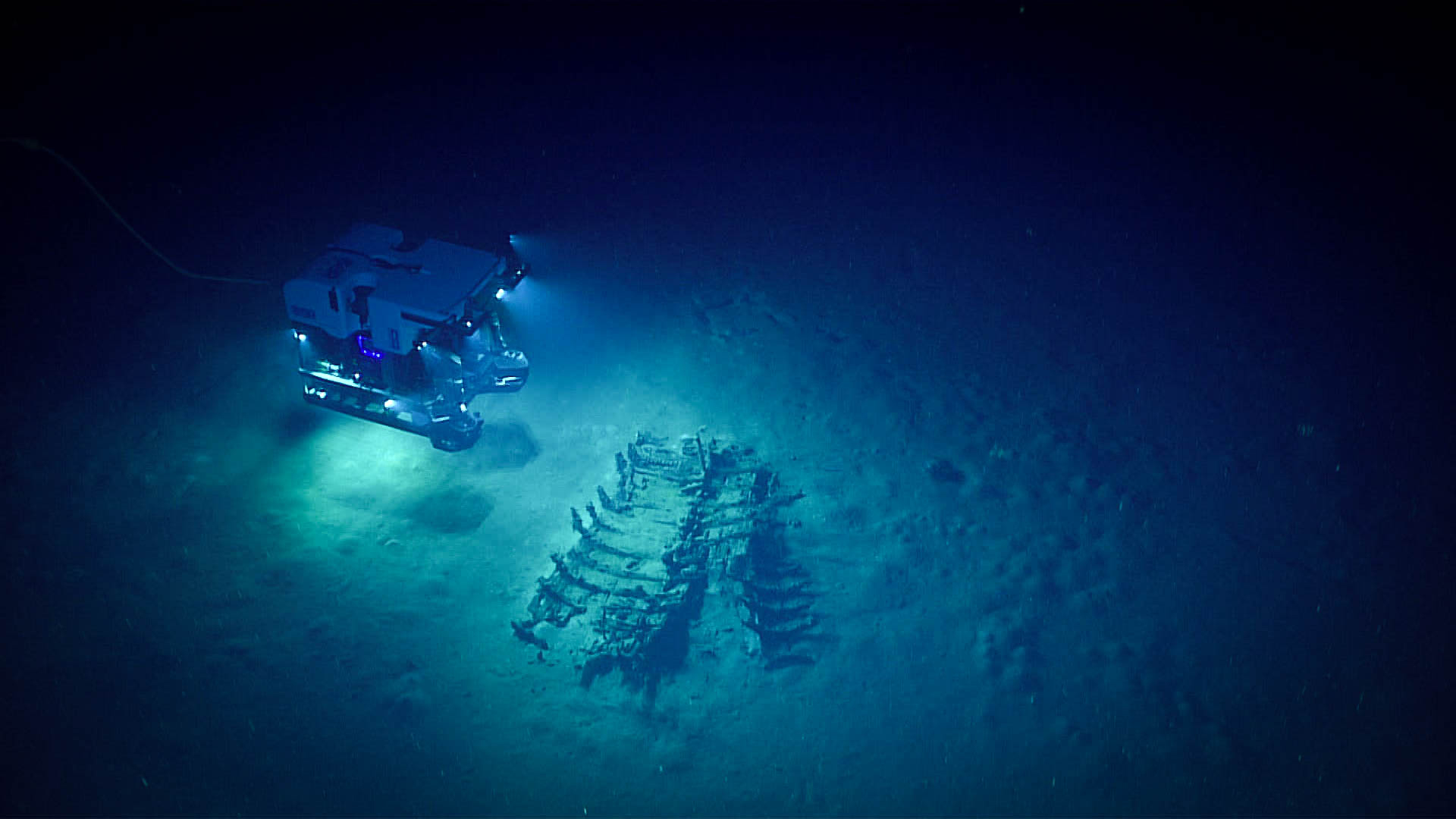
Scientists explore the deep waters of the Gulf of Mexico aboard NOAA Ship Okeanos Explorer. Learn more
With funding from NOAA’s RESTORE Science Program, researchers are working to understand Rice’s whales’ habitat requirements and ecological role in Gulf of Mexico food webs. Learn more
NCCOS and partners are developing a drone-based, machine-learning system to detect and identify marine debris along the coast. Learn more
Artificial reefs have become increasingly popular structures to create additional and restored habitat for marine life. Learn more

Scientists found that larger artificial reef structures with greater horizontal area and vertical relief host more fish. Learn more

NCCOS and partners have published guidance on using aerial drones to detect changes in vegetated wetlands. Learn more

An NCCOS-led research team published the first detailed report of living deep-sea corals and sponges found on the Mesoamerican Reef, the second longest barrier reef in the world. Learn more
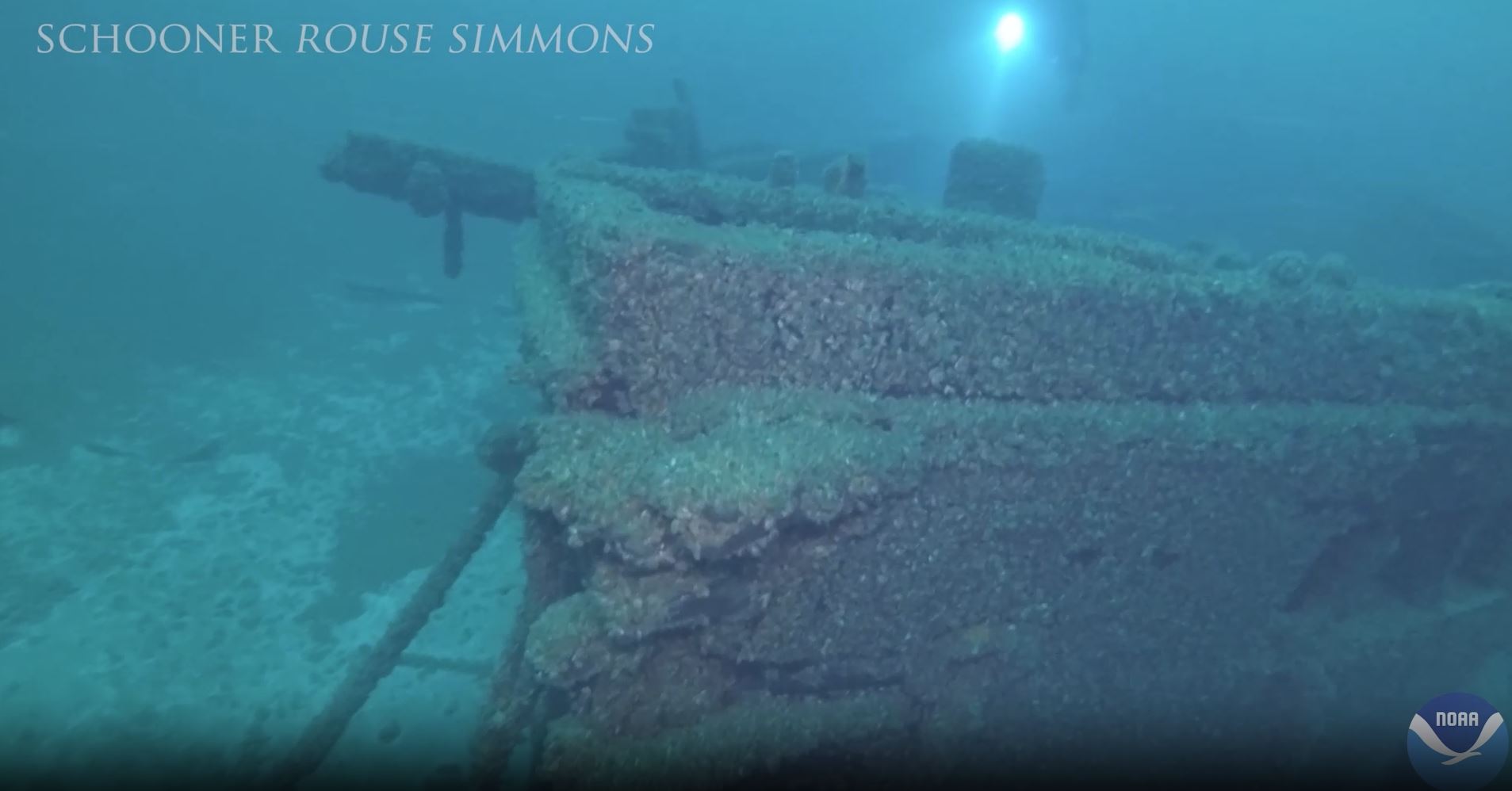
NCCOS mapping products and ecological assessments of the area guided the designation of the Wisconsin Shipwreck Coast National Marine Sanctuary and will inform its future management. Learn more
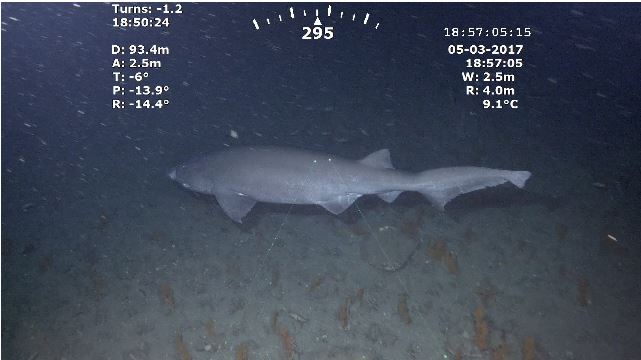
NOAA research vessel, Bell M. Shimada, collected photos and videos of corals, rockfishes, Great Pacific octopuses, and Sixgill sharks—like the one seen in the video below, found 300 feet deep in the Santa Cruz Canyon. Learn more
Restoration
The restoration of Swan Island in Chesapeake Bay is providing researchers with an opportunity to evaluate the long-term performance of natural materials and methods. Learn more

Coastal islands and marshes in Chesapeake Bay are disappearing, along with the ecosystem services and shoreline protection benefits they provide. NCCOS and partners are working to reverse this trend on Swan Island. Learn more
With funding from NOAA’s RESTORE Science Program, researchers are working to understand how Louisiana’s river diversion and marsh creation projects will impact the state’s coastal ecosystem. Learn more
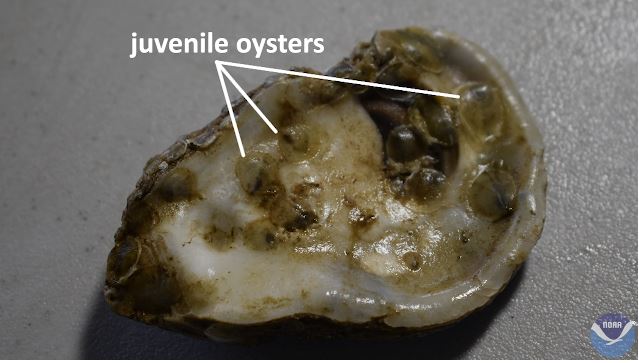
NCCOS research shows that releasing hatchery-grown oyster larvae directly over oyster reefs could be an effective way to maintain and possibly improve wild oyster stocks. Learn more
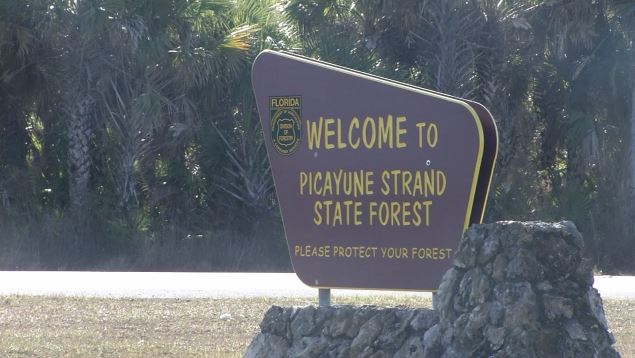
An NCCOS-led research team found that anticipated changes in freshwater flow following the Picayune Strand Restoration Project in southwest Florida may not affect juvenile fish communities in downstream estuaries as much as previously expected. Learn more
Aquaculture Development
Oysters are one of the most valuable fisheries in Chesapeake Bay, with annual commercial landings valued at more than $40 million. A large part of this harvest comes from aquaculture. Learn more
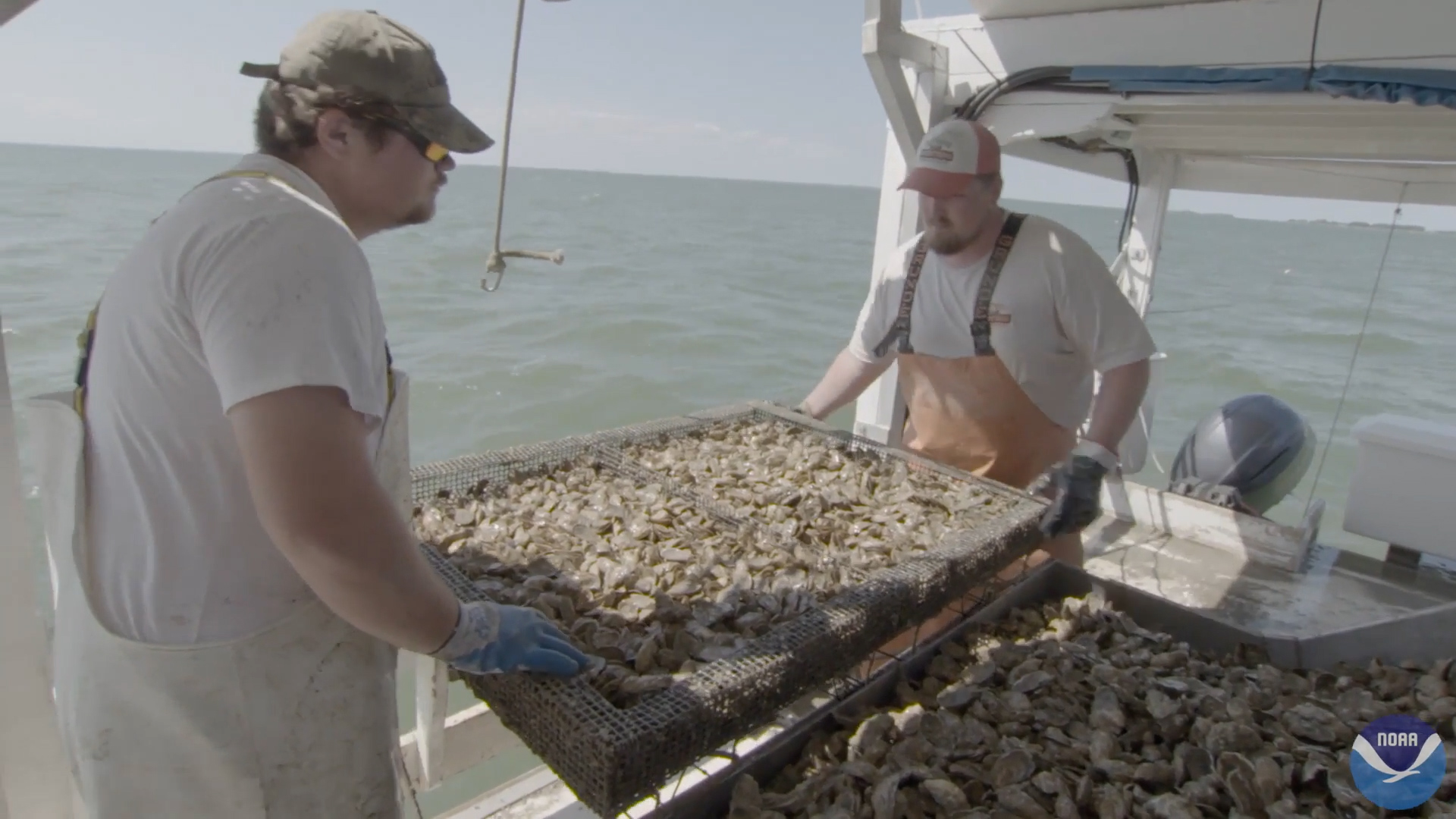
Timelapse of Eastern Oysters filter feeding phytoplankton from the water. Learn more
Pollution
Scientists from NCCOS calculated a new estimate of flow rates of oil leaking at the site of the former Taylor Energy Mississippi Canyon 20 drilling platform at between nine and 108 barrels a day. Learn more

The NCCOS Mussel Watch Program is using invasive zebra and quagga mussels to monitor contaminants of emerging concern in the Great Lakes. Learn more
American Samoa’s coral reefs are some of the most pristine reefs in the United States. But even these remote reefs in the South Pacific Ocean face potential threats. Learn more
NCCOS and partners at College of Charleston are using unoccupied aerial systems to collect dolphin health data. Learn more
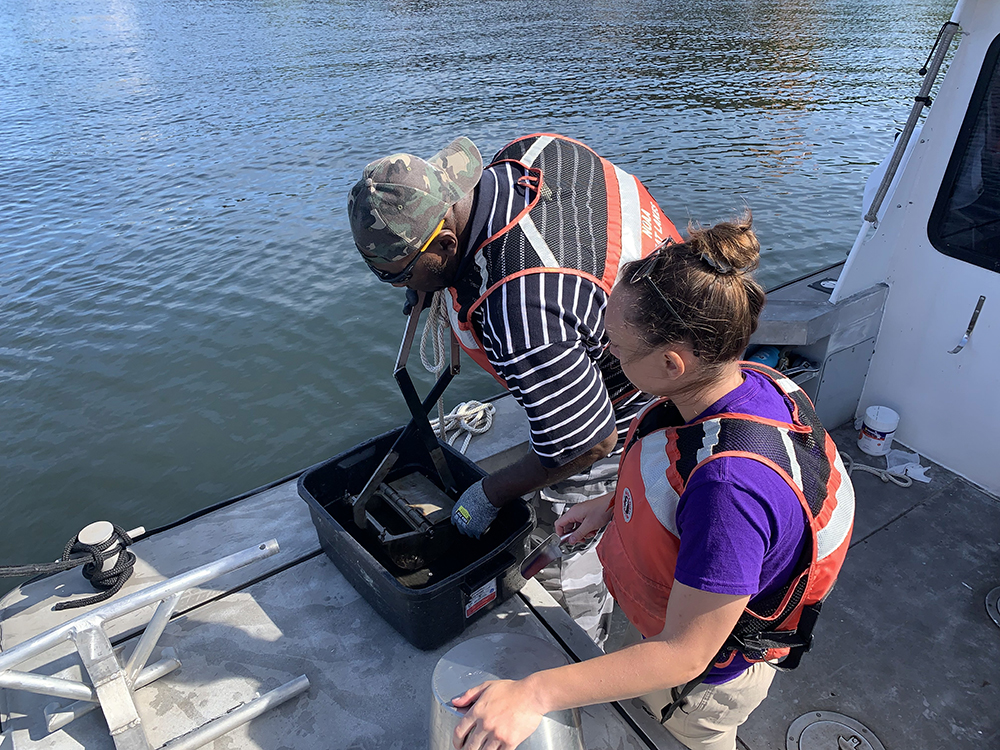
The NCCOS Mussel Watch Program collects water, sediment, and bivalve shellfish samples to assess contamination in the Great Lakes. Learn more
Wind Energy
This video highlights NCCOS’s expertise in spatial modeling, explaining how spatial modeling helps identify optimal areas for offshore wind energy. Learn more
Coastal Change
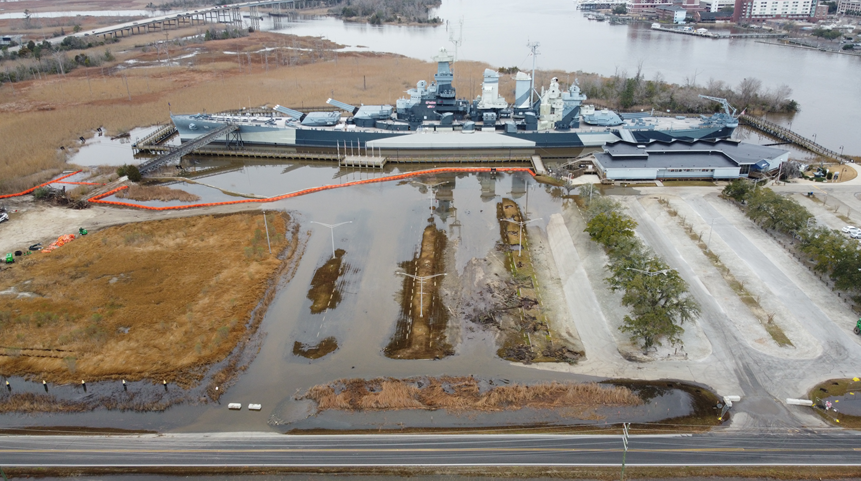
The Living with Water® project at the USS North Carolina Battleship Memorial will address nuisance flooding at the memorial. Learn more

Sea level rise, shoreline erosion, and pond formation threaten salt marsh habitat at Marine Corps Base Camp Lejeune in North Carolina. Learn more
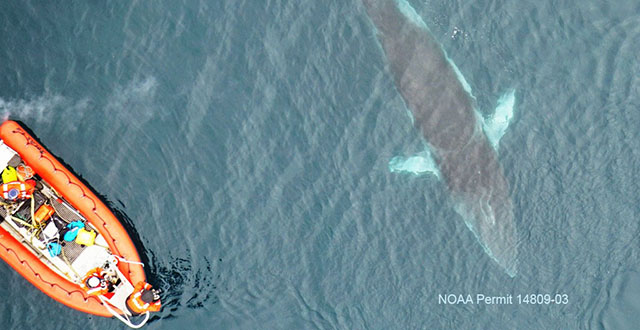
The Antarctic Peninsula is warming at rates much greater than the rest of the planet, leading to large losses of sea ice, prime habitat for minke whales. Learn more
General
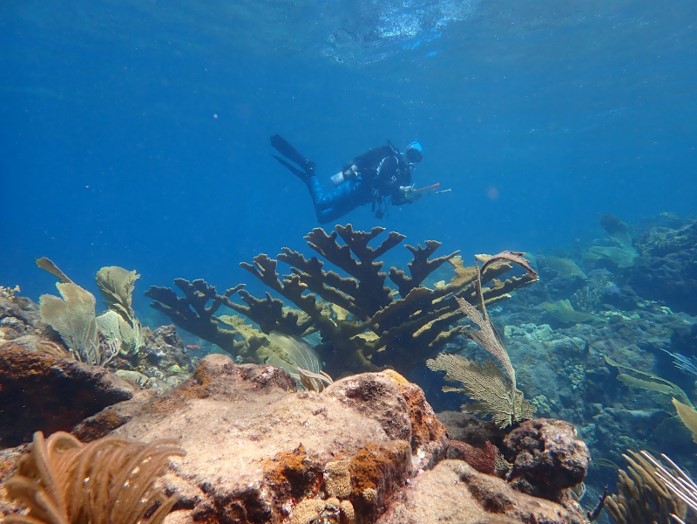
This video is intended for use as a communications tool to help promote the NOAA dive program. Learn more

